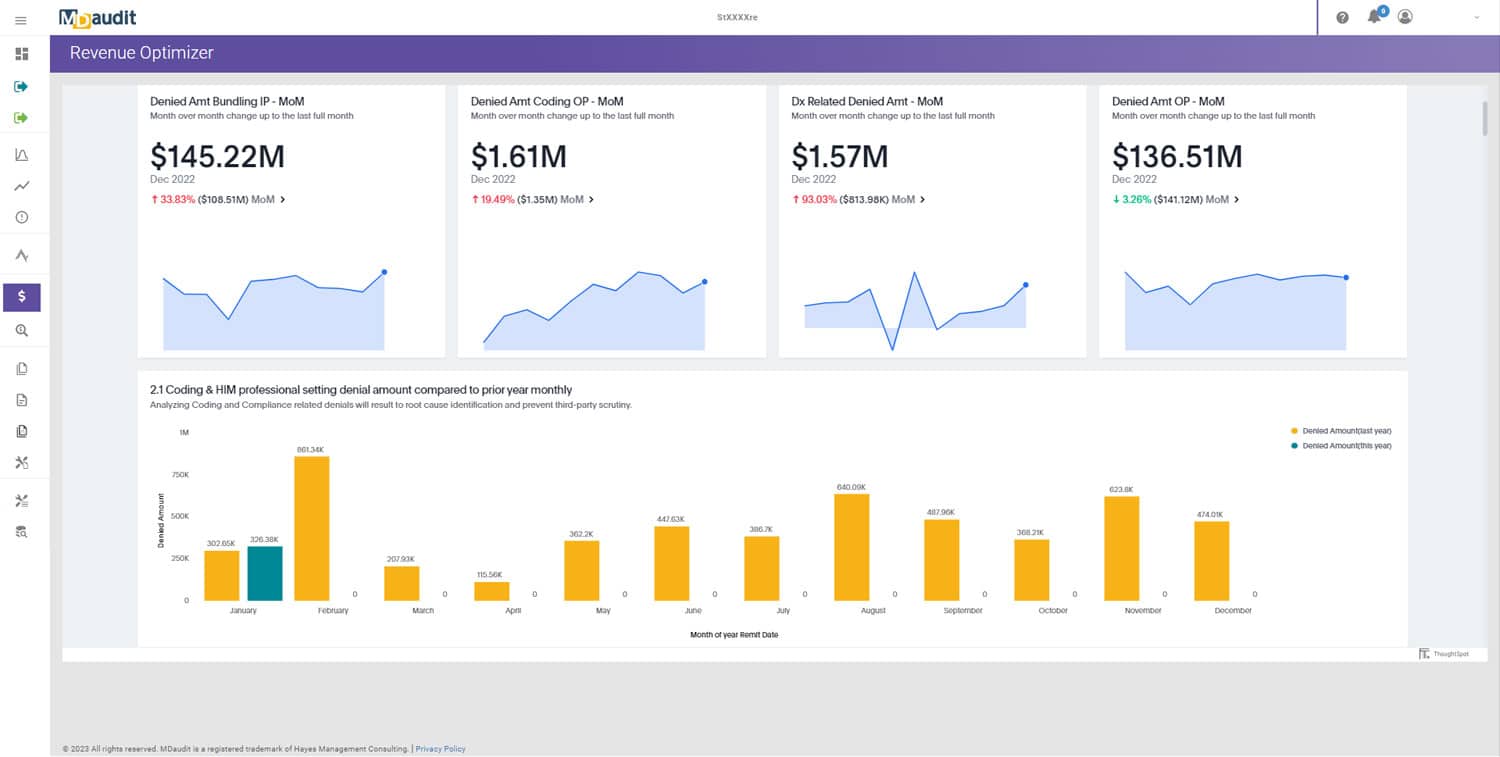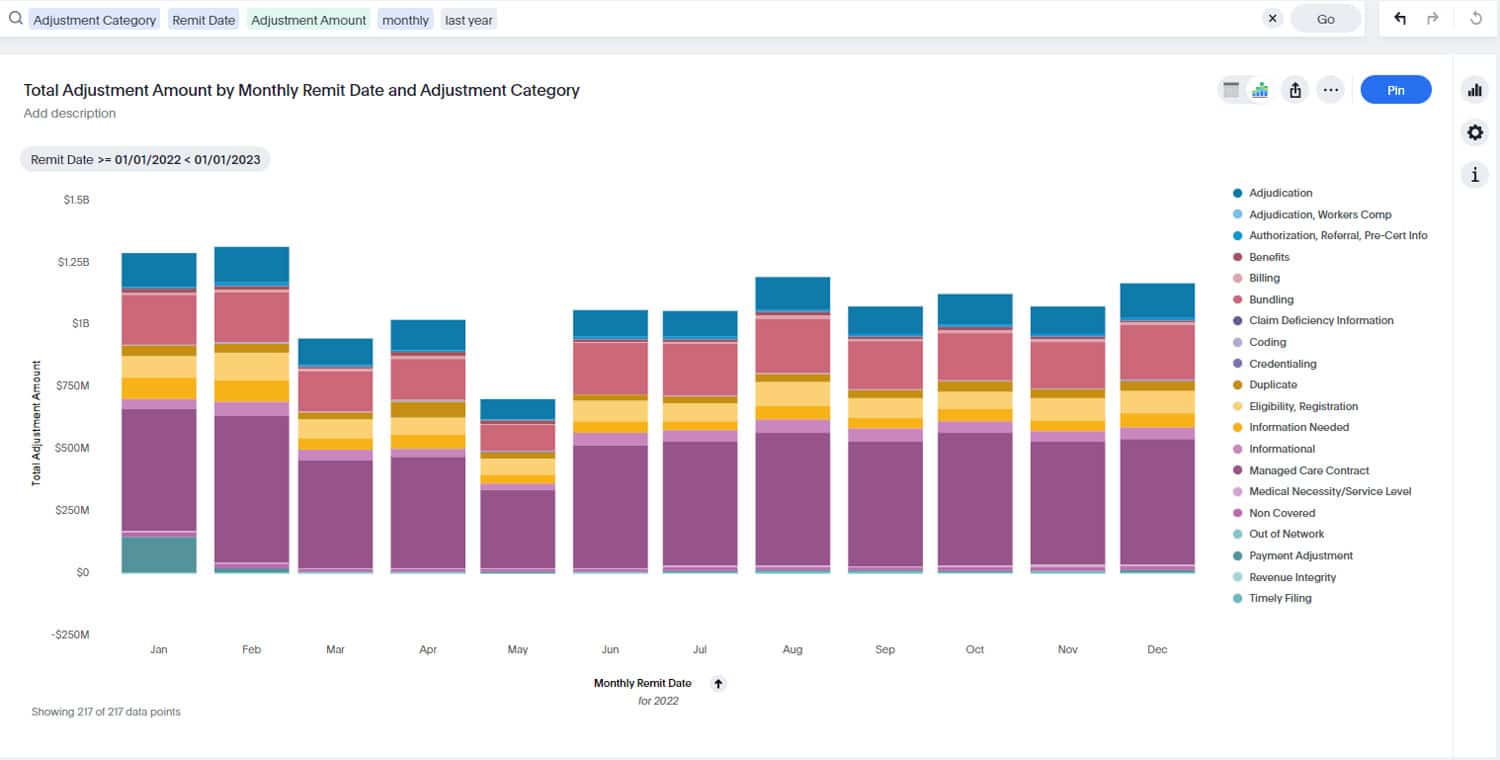When it comes to safeguarding financial health, continuous billing risk monitoring software isn’t a nice-to-have—it’s mission-critical. Just as MDaudit pioneered revenue integrity through real‑time audit, compliance, and analytics workflows, today’s leading healthcare organizations are leveraging continuous risk monitoring to tightly align billing practices with financial integrity.
What Is Audit Risk Monitoring Software — and Why It Matters
Audit risk monitoring software delivers automated, ongoing surveillance across billing, coding, and payer processes. Rather than periodic checks, this software spotlights anomalies and outliers in the moment—enabling teams to intercept write-offs, denials, and compliance gaps before they escalate.
MDaudit’s platform illustrates this principle: embedded analytics paired with continuous monitoring delivers visibility across audit, denial trends, coding accuracy, and risk exposure in a cloud-native workflow—strengthening financial outcomes.
The Real-Time Advantage for Revenue Integrity
Revenue integrity demands prevention and correction at transactional speed—not weeks after claim submission. Continuous monitoring software offers:
- Real‑time alerts when unusual billing patterns or coding shifts occur
- Automated anomaly detection, flagging out‑of‑policy claims or potentially underpaid services
- Audit trail data that supports payer audits, cyclic review readiness, and internal control reporting
MDaudit refers to this as “continuous risk monitoring (CRM) capabilities across the healthcare revenue cycle management (RCM)”—a differentiator for proactive revenue integrity support.
Drawing a Parallel: AI‑Powered Automation in Revenue Operations
Consider the case of Omega Healthcare, featured in Business Insider. They partnered with UiPath to automate billing and claims processing using AI‑powered Document Understanding. The result: 99.5% extraction accuracy, 50% faster turnaround, and 30% ROI—all enabled by continuous, intelligent processing of transactions (Business Insider article).
Just as Omega’s automation platform transforms administrative throughput with real‑time AI, continuous billing risk monitoring software transforms revenue integrity by continuously evaluating claims activity, coding metrics, and payer response patterns—at scale and speed.
Benefits: Beyond Compliance to Financial Health
Implementing continuous billing risk monitoring software delivers:
- Lower denial rates and improved coding accuracy, reducing leakage
- Faster detection and resolution of billing errors or policy drift, protecting margins
- Traceable audit readiness, with dashboards and analytics for compliance review
- Operational efficiency gains—teams shift from retrospective fixes to proactive oversight
As with MDaudit’s unified platform, combining compliance, coding, denial analytics, and risk monitoring ensures stakeholders can act decisively based on insights, not assumptions.
Implementation Best Practices
- Integrate real-time analytics into billing and coding workflows, not just post‑claim audits
- Set thresholds and alerts for anomalous activity based on volume, value, or deviation
- Combine human expertise with automated oversight—analysts review flagged items, then train the system
- Iterate on feedback loops to refine monitoring coverage and reduce noise
MDaudit advocates for a unified strategy that mirrors how leaders like UiPath and Omega streamline RCM with automation. Tools like ThoughtSpot and partners like V Group further demonstrate the value of real-time data visibility across large-scale systems.
Even mainstream analysts are noticing—WSJ coverage shows how demand for automation-first compliance tools is reshaping enterprise strategy.
Final Word
In an industry where billing errors, denials, and compliance shortfalls directly impact revenue, continuous risk monitoring software isn’t optional—it’s essential. By providing real‑time audit risk monitoring and automation, it empowers revenue integrity teams to act before risk becomes loss. Much like AI‑driven automation (UiPath and Omega), continuous automated oversight ensures healthcare organizations remain agile, compliant, and financially sound.









